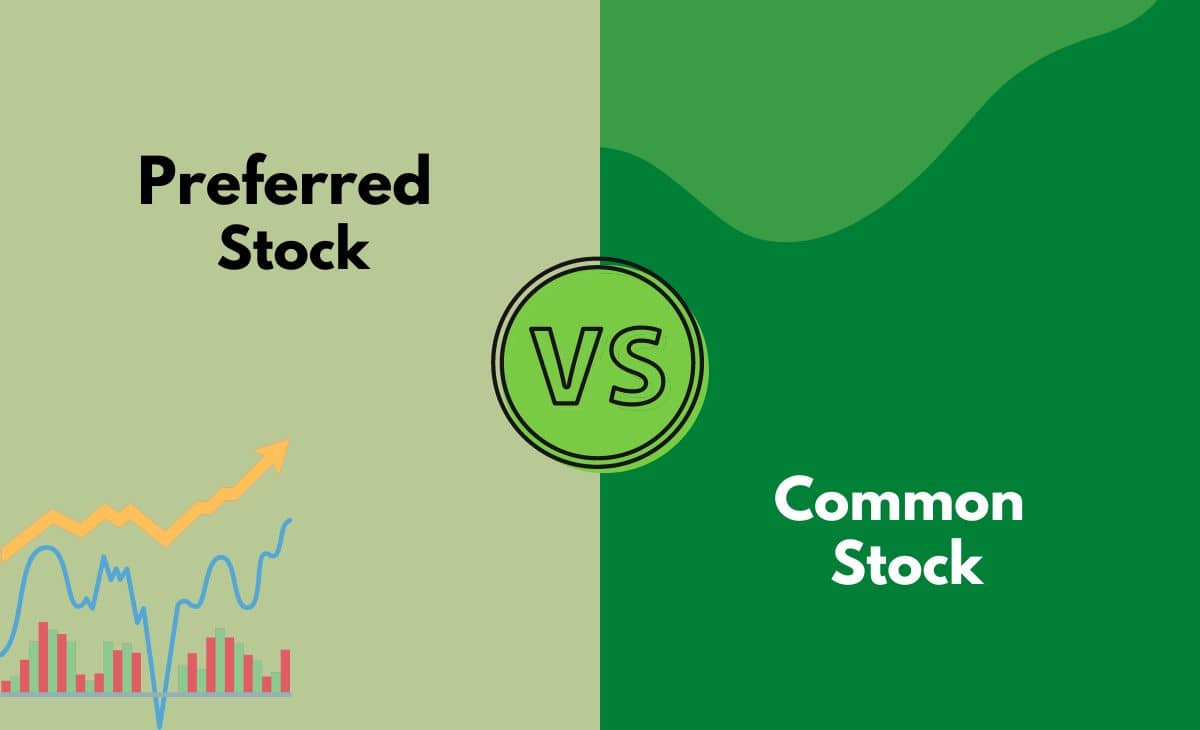
With the right balance, common stocks could help you reach your financial goals over time. Getting started with investing in common stocks doesn’t have to be complicated. In fact, it is very much like investing in most other types of stocks. Investing in the stock market can feel confusing at first, especially with all the new terms and numbers. But common stocks are often a great place to begin when you’re looking to grow your wealth, as owning them gives you partial ownership in a company, allowing you to share in its success. However, to learn how to calculate outstanding shares, you must figure out the authorized and treasury stock, especially if you don’t have all the balance sheet information.
Common stock on a balance sheet
- Over the long term, stocks tend to outperform other investments but in the short term have more volatility.
- Leading the fallers were consumer-facing stocks in the wake of the latest employment figures which showed a leap in the jobless rate.
- Outstanding shares can also be used to calculate some key financial metrics, including a company’s market cap and its earnings per share.
- Common stock is listed under the Stockholders Equity section in a company’s balance sheet.
Shareholders in a company have the right to vote on important decisions regarding the company’s management. For example, shareholders vote on the members of the board of directors. Usually, common stock allows the shareholder to vote, but preferred stock often does not confer voting rights.
Formula

Common stock is the “default” type of stock, but it’s not the only type. There’s also preferred stock, which differs from common stock in its voting rights, dividend payment process and priority level in the case of company bankruptcy. When biggest tax haven in u s south dakota says pandora papers investigation you buy stock in a company, you buy a percentage ownership of that business. How much of the business your one share buys depends on the total common stock outstanding, a figure you can easily determine using the company’s balance sheet.
Determines Voting Rights
Like other securities, it is subject to market forces and price swings. Floating stock is a narrower way of analyzing a company’s stock by shares. It excludes closely held shares, which are stock shares held by company insiders or controlling investors.
A balance sheet is a financial statement that provides a snapshot of a company’s financial position at a given point in time. It shows what a company owns (assets), what it owes (liabilities), and what is left over for shareholders (equity). Because of legal requirements, the stockholders’ equity section of a corporation’s balance sheet is more expansive than the owner’s equity section of a sole proprietorship’s balance sheet. For example, state laws require that corporations keep the amounts received from investors separate from the amounts earned through business activity.
While the lower number of outstanding shares often hampers liquidity, it could also deter short sellers since it becomes more difficult to borrow shares for short sales. Stockholders’ equity is equal to a firm’s total assets minus its total liabilities. An alternative calculation of company equity is the value of share capital and retained earnings less the value of treasury shares. As an investor, understanding the real value of common stock can guide decisions and build trust in the market.
It embodies the total ownership available for distribution among investors. Capital stock is listed on the balance sheet in the shareholder’s equity section and represents the company’s equity capital. Dividends are payments made by a company to its shareholders as a reward for investing in the company. By understanding the total amount of capital that the company has received from issuing shares of common stock, the company can determine whether it has enough funds to pay dividends to shareholders.
Thus, from the above details, we can understand the various valuation of common stock. By considering examples, we will try to explain how to calculate common stock and hope that it will be easy for you to figure them after this. Whether selling an underperforming stock or buying more of a winner, staying engaged with your investments is crucial to enjoying long-term success. Common stocks, however, have the potential to outpace inflation by providing returns that exceed the rate of inflation. This makes them a valuable tool for preserving and growing wealth in the long run. Liabilities are obligations that a company owes to creditors or other parties.
Whether you’re a seasoned investor or just starting, understanding how to calculate common stock is a valuable skill that opens doors to informed financial choices. Dive into the various types of common stock, each with its unique features. Class A and Class B shares, preferred versus common shares – explore the distinctions that influence investment decisions. Growth stocks belong to companies expected to experience increasing earnings, which raises their share value. Meanwhile, value stocks are priced lower relative to their fundamentals and often pay dividends, unlike growth stocks.
